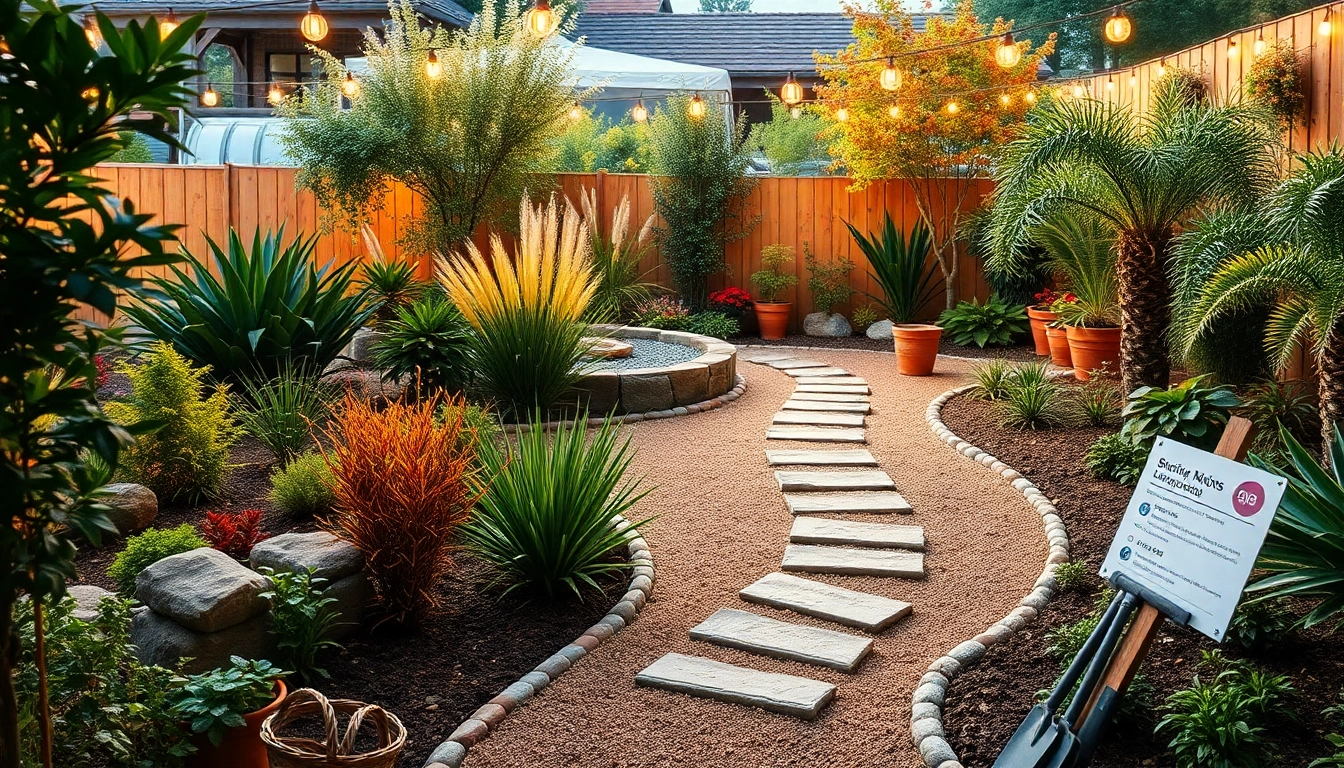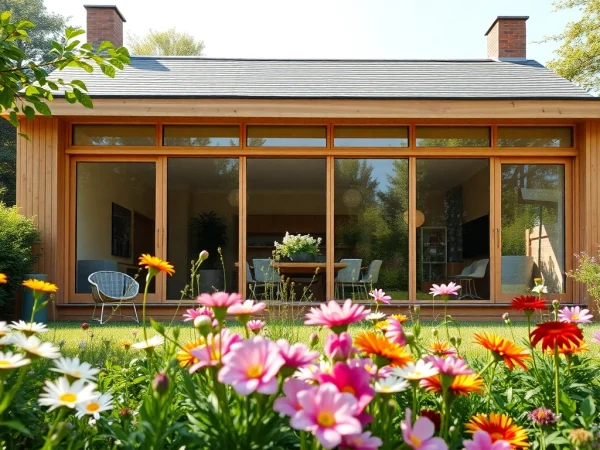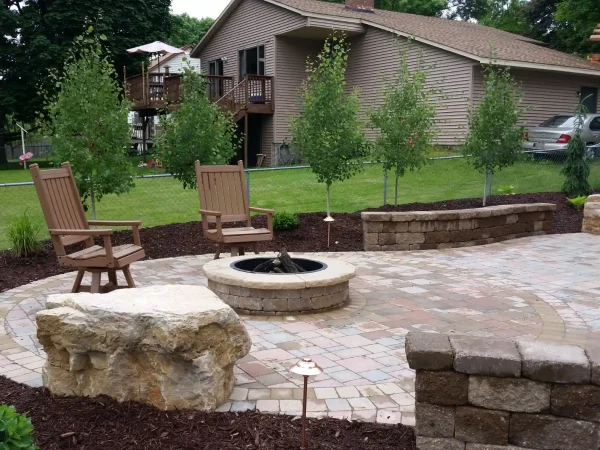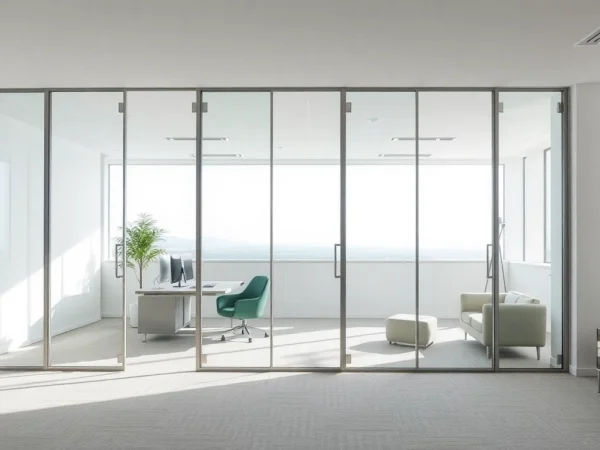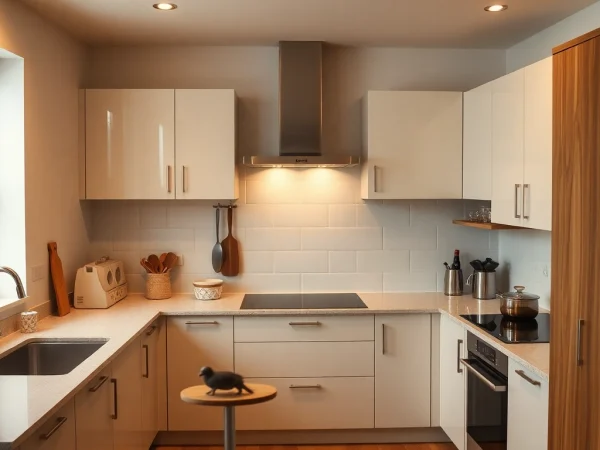Understanding Landscaping Company Pricing: What You Need to Know Before Hiring
Introduction to Landscaping Company Pricing
The decision to transform your outdoor space can be both exciting and overwhelming. One of the major aspects that often weighs heavily on homeowners and property managers alike is landscaping company pricing. Understanding how these costs are determined is essential to making informed decisions. This guide aims to demystify the complexities surrounding landscaping pricing, offering insights into what influences costs and how to navigate them effectively.
What Influences Landscaping Costs?
Several variables come into play when determining landscaping costs. Key factors include:
- Project Scope: The size and scale of the project significantly affect the total price. Larger projects typically involve more labor and materials.
- Location: Geographic region can impact labor costs and material availability. Urban areas might have higher pricing due to demand.
- Design Complexity: Custom designs that require unique features or intricate layouts may incur higher costs than simpler designs.
- Plant Selection: The types of plants selected—native, exotic, or seasonal—play a pivotal role in pricing, as some can be more expensive than others.
- Seasonality: Landscaping costs may vary with seasons, with peak seasons often leading to higher labor costs due to demand.
Common Pricing Models in Landscaping
Landscaping companies often operate on different pricing models depending on the services provided:
- Hourly Rates: For smaller jobs or maintenance services, landscaping companies may charge by the hour.
- Flat Rate Pricing: This model is common for clearly defined projects where the cost can be estimated upfront, such as installing sod.
- Cost Plus Pricing: This model calculates costs plus a markup percentage. It’s often used for larger projects where materials and labor costs vary significantly.
- Package Pricing: Companies may offer bundled services that include a combination of landscaping, maintenance, and design for a set price.
Understanding Quotes and Estimates
When soliciting services, it’s essential to understand the difference between quotes and estimates. A quote is a firm price for a defined scope of work, while an estimate is an educated approximation that may change based on various factors. It’s advisable to get multiple quotes from different companies to ensure you’re receiving a competitive price.
Breaking Down Landscaping Service Fees
Fixed Costs vs. Variable Costs
Understanding the difference between fixed and variable costs can aid in budgeting for landscaping projects:
- Fixed Costs: These are expenses that remain constant regardless of project scale. Examples include design fees or the cost of permits.
- Variable Costs: These costs inflate or deflate based on project scope, including materials and labor costs. A larger project will naturally incur higher variable costs.
Labor Charges and Their Impact
Labor often constitutes a significant portion of landscaping costs. The hourly rate for skilled labor can fluctuate based on experience and expertise. It’s essential to consider not only the number of hours needed but also the skill level required for specialized tasks such as hardscaping or complex garden designs.
Material Expenses Explained
Material selection can drastically influence landscaping costs. The pricing for materials can vary based on quality, sourcing, and seasonal availability. Common landscaping materials such as soil, mulch, pavers, and plants all contribute to the overall expenditure. Additionally, high-quality materials may have a higher upfront cost but provide long-lasting results, ultimately saving money over time.
A Closer Look at Service Types
Residential vs. Commercial Landscaping Pricing
The nature of the project—residential versus commercial—greatly impacts pricing. Residential landscaping typically involves more personalized services, including garden design and maintenance tailored to homeowners’ preferences. Conversely, commercial landscaping may revolve around larger projects like lawn installation for corporate buildings or public spaces, often necessitating more extensive resources and higher costs.
Maintenance Services Price Ranges
Ongoing maintenance is crucial for sustaining the health and appearance of landscaped areas. Maintenance services may include lawn mowing, pruning, fertilizing, and pest control. Depending on the size of the property and the frequency of services, costs can vary widely. For instance, weekly lawn mowing may average between $30 to $80, while comprehensive seasonal maintenance packages can range from $200 to $600.
Specialized Landscaping Projects and Costs
Certain landscaping projects demand specialized skills and materials, leading to higher costs. Examples include:
- Pond and Water Features: Installation and equipment for water features can range from hundreds to thousands of dollars based on complexity.
- Hardscaping: The costs associated with installing stone patios, walkways, and retaining walls often necessitate professional labor, leading to higher pricing.
- Outdoor Lighting: Professional installation of outdoor lighting can improve aesthetics and safety but includes costs for both fixtures and labor.
How to Compare Landscaping Pricing
Evaluating Multiple Quotes Effectively
When assessing various quotes, it’s critical to ensure you’re comparing apples to apples. Look for detailed breakdowns that specify labor, materials, and any additional fees. It’s advisable to ask questions about any discrepancies you notice in the pricing or scope of work detailed in the proposals.
What to Look for in a Landscaping Proposal
A professional landscaping proposal should include:
- Scope of Work: A clear definition of what services will be provided.
- Timeline: Estimates on how long the project will take from start to finish.
- Materials List: A comprehensive list of materials expected to be used and their associated costs.
- Payment Terms: Clear information regarding deposit requirements and payment schedules.
Understanding Value vs. Cost in Landscaping
When considering landscaping services, it’s essential to distinguish between value and cost. While lower prices may seem attractive, they can often come at the expense of quality. Investing in skilled labor and quality materials usually results in better long-term outcomes, thus providing better value for your investment.
Tips for Reducing Landscaping Costs
Budgeting for Your Landscaping Project
Creating an efficient budget is crucial for managing landscaping costs. Start by determining your overall budget, then break it down into categories for materials, labor, and maintenance. This will help you prioritize spending and identify areas where you can cut back.
DIY Landscape Ideas to Save Money
For those willing to invest time and effort, DIY landscaping projects can significantly reduce costs. Simple tasks like planting flowers, installing mulch, or building raised garden beds can be completed without professional help, given that the proper research and planning are followed.
Negotiation Strategies with Landscaping Companies
When working with landscaping companies, don’t hesitate to negotiate. It’s beneficial to discuss your budget openly and ask for suggestions on how to reduce costs. In some cases, companies may offer discounts, especially for larger projects or if you agree to a maintenance package.
